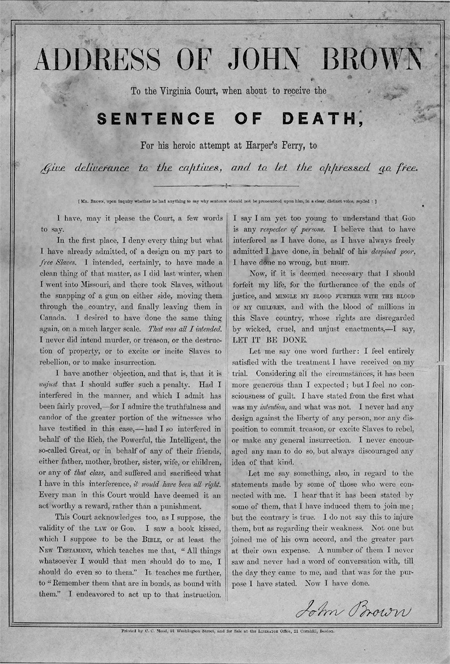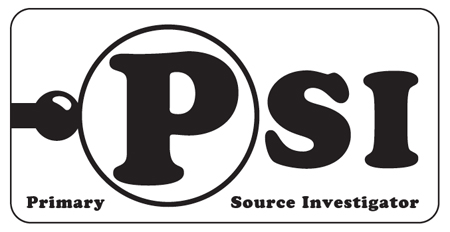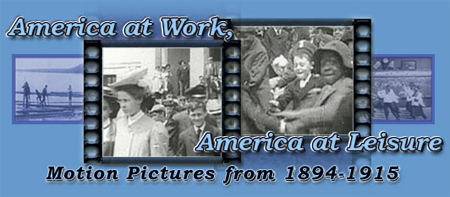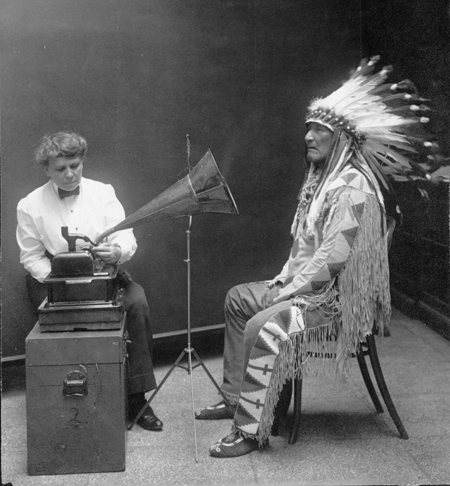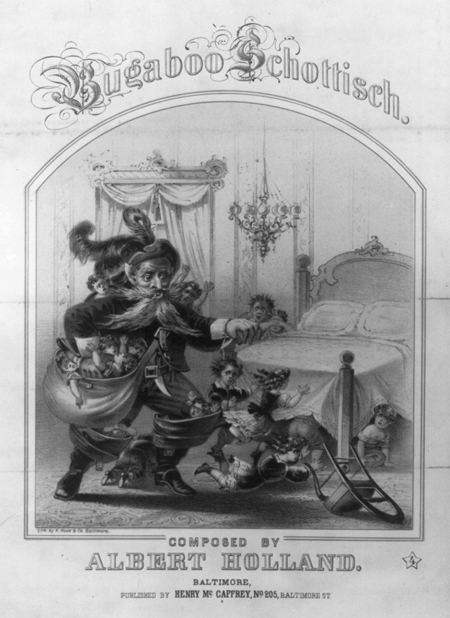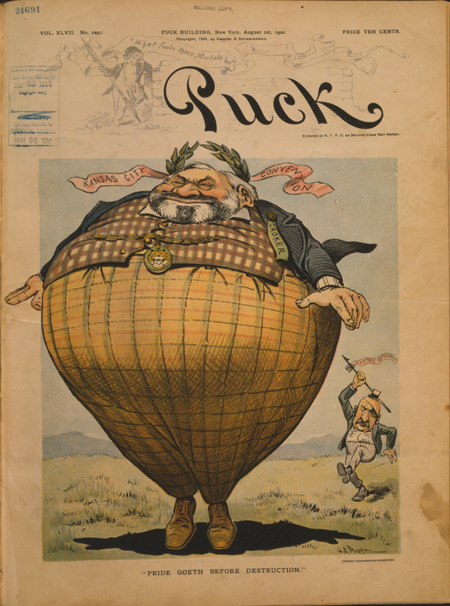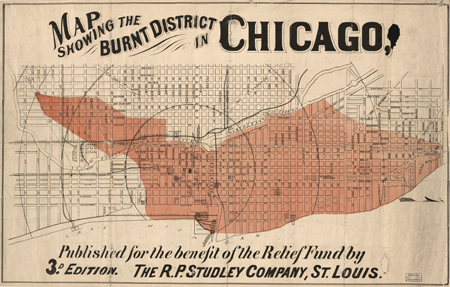Analyzing Primary Sources: Kindergarten Writing Prompts & Activities
Primary source images are great resources for integrating language arts with social studies. The activities below were designed around the Kindergarten grade-level Common Core State Standards for writing. Text Types and Purposes Kindergarten Writing Standards Writing Prompts / Activity Ideas 1. Use a combination of drawing, dictating, and writing to compose opinion pieces in which…



